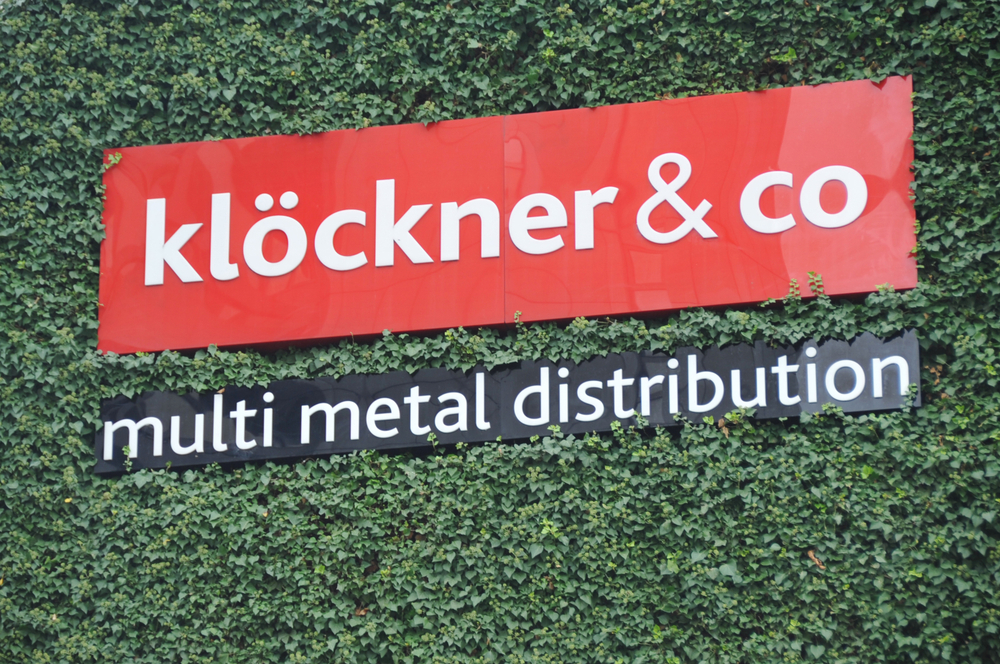
Klöckner sees increasing low-emission steel products acceptance
Steels that are certified as low-carbon-emission products have so far been demanded mainly in Europe and by big users, but are gaining ground in other segments and regions, Klöckner & Co observes.
When asked about buyers’ acceptance of CO2-reduced product premiums, chief executive Guido Kerkhoff said during a recent conference that it was “good in principle”, but varied by segment and region. Comparing the distribution group’s two main markets, he explained the level of acceptance in Europe is better than in the USA, “but they [US buyers] are catching up”.
Also, “green” steel is primarily a domain of the big user groups like the automotive industry, while small and medium-sized customers are content with receiving “some kind of certificate”, he added. However, “inquiries are increasing and interest is becoming more profound,” Kallanish heard him say during the conference.
“The wind is changing in the USA as well, so in the premium segment you will not be able any more to offer only grey and black standard products,” he observed.
He did not elaborate on the short-term future, when more costly CO2-reduced material in Europe could face a hard time amid continued sluggish demand. In a different context, he stated that “on the domestic market, we need to prepare for rough competition for low volumes”.
Last year, Klöckner introduced its own low-CO2 steel brand under the name of Nexigen. In spring, it launched the Nexigen PCF Algorithm, which can be used to determine the Product Carbon Footprint (PCF) for almost all its products. More recently, it presented a tracking solution that allows customers to view their emissions history for products purchased from the company.
Christian Koehl Germany


